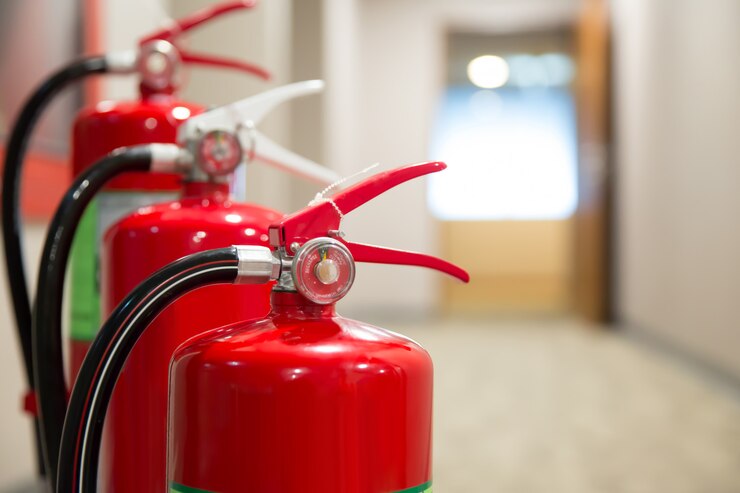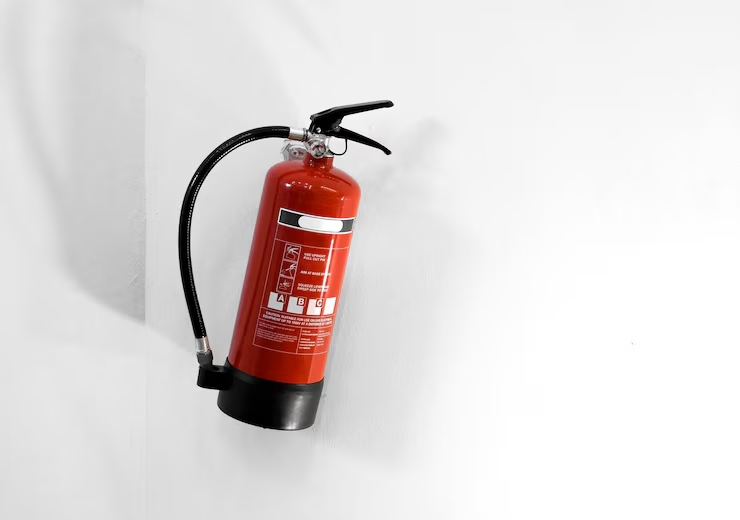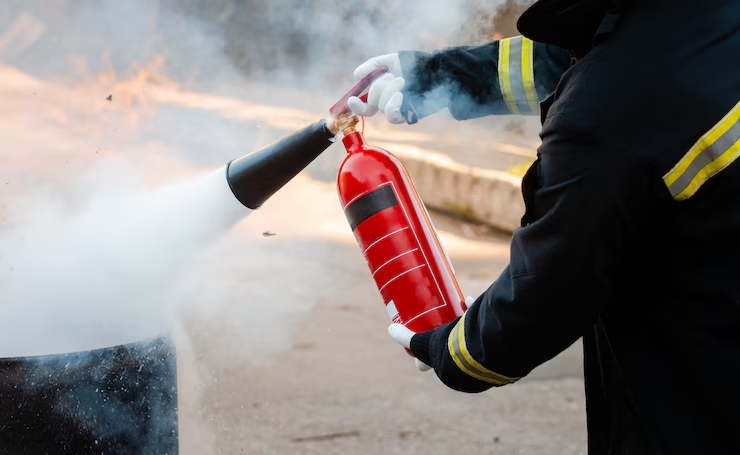Fire extinguishers are your first line of defense in the event of a fire. By law, all commercial buildings must have their fire extinguishers inspected by a certified technician throughout the facility. However, simply having a working fire extinguisher isn’t enough; knowing how to use it effectively is just as important. This is where fire extinguisher training becomes crucial.
While operating a fire extinguisher is straightforward—especially if you remember the P.A.S.S. acronym (Pull, Aim, Squeeze, Sweep)—it’s essential to understand how to use it before an emergency arises. Fire extinguisher training helps individuals and employees become familiar with the equipment and procedures, ensuring they’re ready if a fire emergency occurs.

Transform Your Team’s Safety-Schedule Extinguisher Training
With two decades of experience, we specialize in keeping commercial and residential buildings safe, secure, and up to code.
Our dedicated team of highly trained experts is passionate about fire safety, taking pride in protecting you. We approach fire safety with a custom plan, starting every consultation by assessing your specific needs.
Your safety is our top priority. We ensure compliance with state regulations and NFPA guidelines to meet the highest fire safety standards.
Fire Extinguisher Maintenance

IDEAL Fire sells all major brands and all types of high-quality fire extinguishers, including
Fire Extinguisher Service Types:
- Class A-B-C
- Class D
- Class K
- Purple K
- Potable and Wheeled
We’ll provide your company with a fire protection plan to ensure your fire extinguishers and place of installation are in compliance with the latest fire safety standards.
In addition to our full range of services, we specialize in expert fire extinguisher repair & Fire Extinguisher Replacements to keep your equipment in top condition.
Fire Extinguisher Training FAQs

